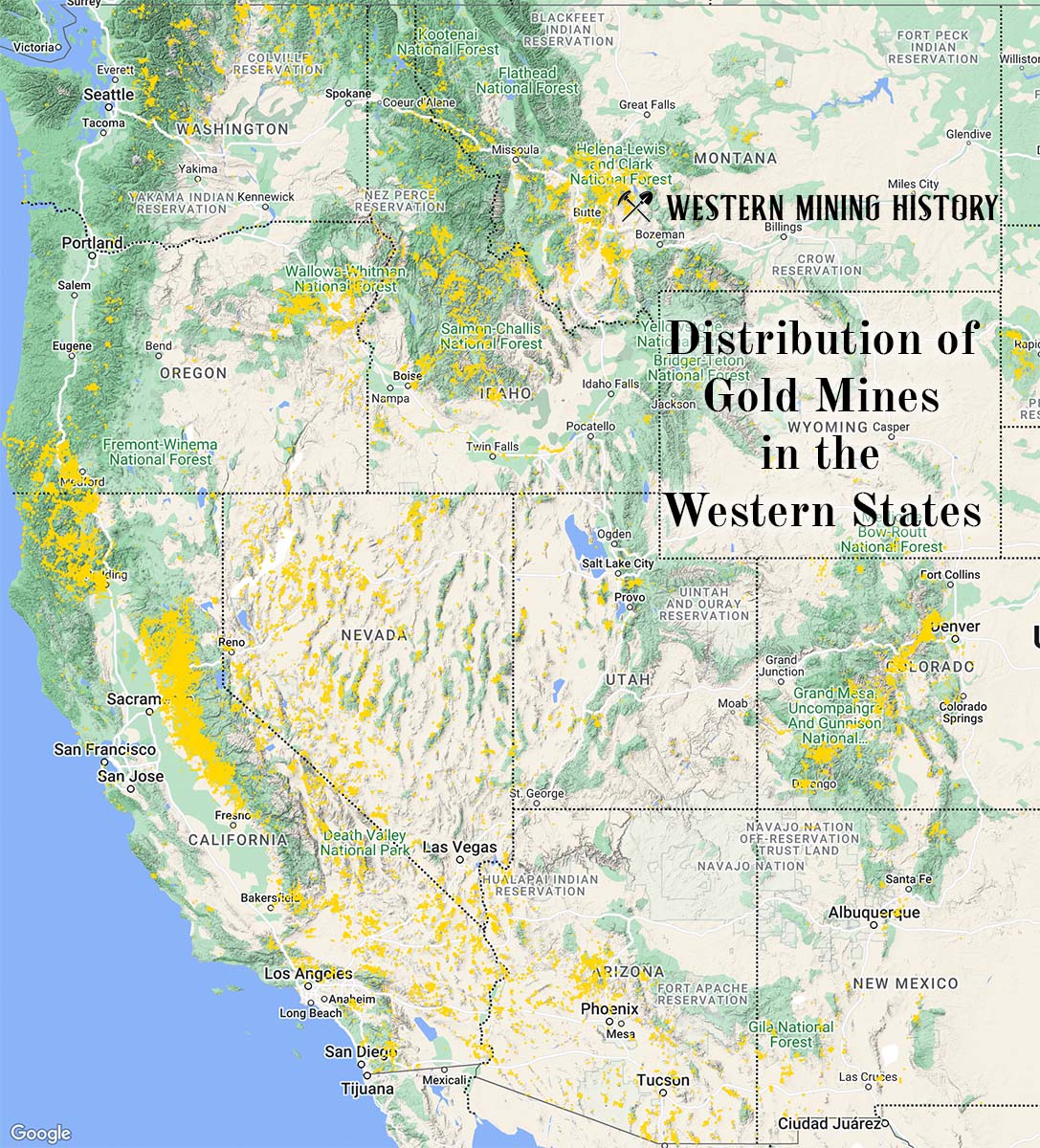The Unnamed (north shore of Walker Cove) is a molybdenum and copper mine located in Alaska.
About the MRDS Data:
All mine locations were obtained from the USGS Mineral Resources Data System. The locations and other information in this database have not been verified for accuracy. It should be assumed that all mines are on private property.
Mine Info
Unnamed (north shore of Walker Cove) MRDS details
Site Name
Primary: Unnamed (north shore of Walker Cove)
Commodity
Primary: Molybdenum
Primary: Copper
Secondary: Silver
Location
State: Alaska
District: Ketchikan
Land Status
Not available
Holdings
Not available
Workings
Not available
Ownership
Not available
Production
Not available
Deposit
Record Type: Site
Operation Category: Occurrence
Operation Type: Unknown
Years of Production:
Organization:
Significant:
Physiography
Not available
Mineral Deposit Model
Model Name: Polymetallic veins
Orebody
Not available
Structure
Not available
Alterations
Not available
Rocks
Not available
Analytical Data
Not available
Materials
Ore: Chalcopyrite
Ore: Molybdenite
Ore: Pyrite
Gangue: Quartz
Comments
Comment (Geology): Age = Fissure veins probably are Cretaceous or younger.
Comment (Deposit): Model Name = Polymetallic veins (Cox and Singer, 1986; model 22c)
Comment (Deposit): Other Comments = Site is in Misty Fiords National Monument Wilderness.
Comment (Geology): Geologic Description = The country rocks in the area of this site are Tertiary or Cretaceous foliated quartz diorite and granodiorite of the Coast Range batholith, and pelitic paragneiss that forms roof pendants, screens, and inclusions in the batholith (Berg and others, 1988). The metamorphic sequence represents marine strata that underwent high-grade regional metamorphism in Cretaceous or Tertiary time. The premetamorphic age of the strata is uncertain, but they probably are mainly Paleozoic and may be as old as Precambrian (Berg and others, 1988, p. 26; Gehrels and others, 1990; Crawford and others, in press).? the occurrence consists of quartz stringers and fissure(?) veins up to about 2 feet thick that cut paragneiss and gneissic quartz diorite. Most of the veins are apparently barren, but one two-foot-thick vein contains several volume percent of pyrite, and minor amounts of chalcopyrite and molybdenite (Berg and others, 1977, p. 134). Some of the paragneiss country rock near the veins contains small pods, stringers, and disseminations of pyrite. A grab sample of this paragneiss contained 3.0 ppm Ag. Chip samples of the richest section of the two-foot-thick quartz vein contained 900 ppm Cu, 70 ppm Mo, 0.1 ppm Au, 1.0 ppm Ag, and less than 5 ppm Pb (Berg and others, 1977, p. 135). Chip samples of the quartz diorite, paragneiss, and other quartz veins assayed up to 110 ppm Cu, 10 ppm Pb, 100 ppm Zn, 5 ppm Mo, and 1.0 ppm Ag.
Comment (Reference): Primary Reference = Berg and others, 1977
Comment (Workings): Workings / Exploration = A grab sample of sulfide-bearing paragneiss contained 3.0 ppm Ag. Chip samples of the richest section of a two-foot-thick sulfide-bearing quartz vein contained 900 ppm Cu, 70 ppm Mo, 0.1 ppm Au, 1.0 ppm Ag, and less than 5 ppm Pb (Berg and others, 1977, p. 135). Chip samples of quartz diorite, paragneiss, and other quartz veins assayed up to 110 ppm Cu, 10 ppm Pb, 100 ppm Zn, 5 ppm Mo, and 1.0 ppm Ag.
References
Reference (Deposit): Berg, H.C., Elliott, R.L., Smith, J.G., Pittman, T.L., and Kimball, A. L., 1977, Mineral resources of the Granite Fiords wilderness study area, Alaska, with a section on aeromagnetic data by Andrew Griscom: U.S. Geological Survey Bulletin 1403, 151 p.
Reference (Deposit): Elliott, R.L., Berg, H.C., and Karl, Susan, 1978, map and table describing metalliferous and selected nonmetalliferous mineral deposits, Ketchikan and Prince Rupert quadrangles, Alaska: U.S. Geological Survey Open-file Report, 78-73-B,17 p., scale 1:250,000.
Reference (Deposit): Berg, H.C., Elliott, R.L., and Koch, R.D., 1988, Geologic map of the Ketchikan and Prince Rupert quadrangles, southeastern Alaska: U.S. Geological Survey Mineral Investigations Series Map MF-1807,27 p., scale 1:250,000.
Reference (Deposit): Gehrels, G.E., McClelland, W.C., Samson, S.D., Patchett, P.J., and Jackson, J.L., 1990, Ancient continental margin assemblage in the northern Coast Mountains, southeast Alaska and northwest Canada: Geology, v. 18, p. 208-211.
Reference (Deposit): Crawford, M.L., Crawford, W.A., and Gehrels, G.E., 2000, Terrane assembly and structural relationships in the eastern Prince Rupert quadrangle, British Columbia, in H.H. Stowell and W.C.McClelland, eds., Tectonics of the Coast Mountains, southeastern Alaska and British Columbia: Boulder, Colorado, Geological Society of America Special Paper 343, p. 1-21.?
The Top Ten Gold Producing States

These ten states contributed the most to the gold production that built the West from 1848 through the 1930s. The Top Ten Gold Producing States.